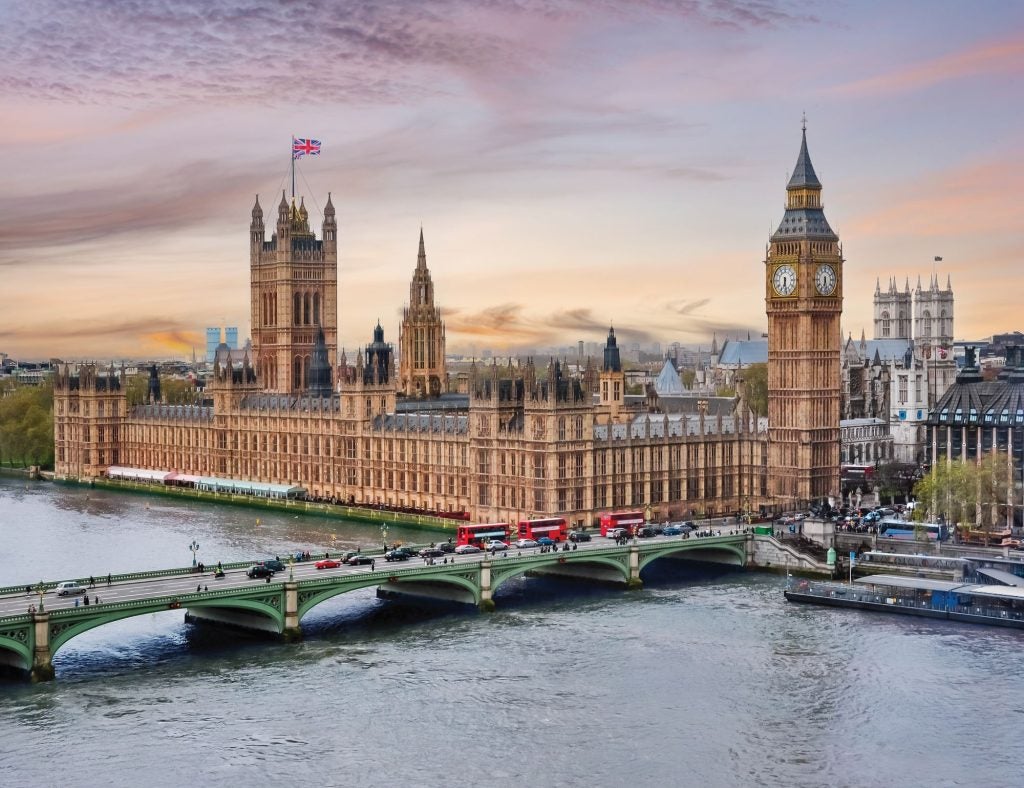
The UK’s election has resulted in a powerful Labour government with an overall majority – and to spare – that will enable it to carry out its legislative programme. What might that mean for the UK’s nuclear programme?
It is clear that energy will be a key theme of the new government. The Labour Party said in its campaign that it wants to be a “missions-driven government” and named energy as the second of its five missions. It wants to “Make Britain a clean energy superpower to cut bills, create jobs and deliver security with cheaper, zero-carbon electricity by 2030, accelerating to net zero.”
Labour also had energy high on “six steps for change” kicking off its term. They include setting up Great British Energy, described as a “publicly-owned clean power company, to cut bills for good and boost energy security, paid for by a windfall tax on oil and gas giants”. The UK has already set up Great British Nuclear to deliver its next nuclear power plant and it seems the new energy company will work alongside it, but how they will interact is not yet clear. The mission of Great British Energy itself is not yet explicit either, although it is known that it will be capitalised at £8.3bn (US$10.5bn) over the parliament five-year term. So far Labour has said the new company will partner with industry and trade unions to co-invest in “leading technologies” and it will help support capital-intensive projects, creating jobs and building supply chains in the UK. Over £3bn (US$3.8bn) of that capital will support local energy production.
According to its pre-election manifesto, the clean energy mission is comprehensive. To deliver it, Labour says it will work with the private sector to double onshore wind, triple solar power and quadruple offshore wind by 2030. It promises to invest in carbon capture and storage, hydrogen, marine energy and make sure there is long-term energy storage.
As regards nuclear power, Labour’s energy mission “will end a decade of dithering that has seen the Conservatives duck decisions” but initially the main aspects of the nuclear programme are very familiar: extending the life of existing plants and getting Hinkley Point C “over the line”.
On new nuclear stations beyond Hinkley Point C, including Sizewell C and Small Modular Reactors (SMRs), it says they “will play an important role in helping the UK achieve energy security and clean power while securing thousands of good, skilled jobs”. It does not offer a framework for delivery, but the outgoing government had been building such as framework, with a series of subsidies and guarantees for investors in new plant supporting Great British Nuclear’s delivery plans, as well as a wider ecosystem of government support around new reactor designs and other technology development.

Other actions may be unhelpful to new nuclear. Labour will maintain a strategic reserve of gas power stations to guarantee security of supply, which may mean lower peak prices at times of scarcity. Those higher prices can benefit existing nuclear plants that generate in all weathers (although new plants typically will have contracts that cap the price that can be realised, instead offering guaranteed prices). A new Energy Independence Act will establish the framework for the new government’s energy and climate policies, but new legislation – coming so soon after the 2023 Energy Act – opens the possibility of delay. The new administration also proposes more changes in the country’s energy markets and charging regimes, including an option to remove daily ‘standing charges’ from consumer bills – which cover regulated investment, potentially including Sizewell C – and that will absorb a lot of industry attention and introduce a risk for investors.
The think tank view
Does the new government’s package meet the UK nuclear industry’s needs? Those needs were set out in a White Paper on ‘Nuclear: Challenges and opportunities’, authored by the Energy Futures Lab at Imperial College and published shortly before the election.
The authors start with the assumption that, “A range of technologies will be needed to achieve net-zero. These include not only renewable generation-based technologies, but also nuclear power, as well as fossil fuel generation with carbon capture and storage (CCS).” They discuss the prospect of new nuclear representing a “significant proportion of UK power generation”, raising five issues:
- Securing the right workforce and skill sets
- The role of international collaboration in sharing technology, expertise and costs
- The economic implications of new nuclear power projects
- Realistic timelines for deployment
- How to manage the high upfront capital costs of nuclear projects
They said that the gap between the UK’s planned and proposed capacities and the nuclear target of 24 GWe by 2050 “emphasises the financial and strategic challenges ahead”. It necessitates substantial investment, with potential implications for public finances, private sector involvement, and policy frameworks.
The report recommends several actions to be jointly pursued by government and the industry:
- Diversify funding sources, including government investment, private sector participation, and innovative financing mechanisms to mitigate economic risks
- Develop education and training initiatives, in collaboration with academic institutions and industry partners, covering the entire nuclear lifecycle
- Promote strategic international collaborations with countries that possess complementary nuclear expertise, to share knowledge, reduce costs, and enhance security in areas such as reactor design, fuel supply, waste management, and regulatory frameworks
- Engage the public in open and transparent dialogues about nuclear power’s role in the UK’s energy future
- Allocate substantive resource for research and development in advanced reactor technologies, safety improvements and waste reduction
- Consider safety and decommissioning and collaborate internationally with initiatives such as the International Atomic Energy Agency
Overall, the report recommends “a clear and cohesive long-term strategy for nuclear power that aligns with national energy and environmental goals, providing stability for investors and industry stakeholders”. Coincidentally, that has been an aim of the nuclear industry and successive governments for decades: it remains to be seen whether the UK’s new government can deliver it.






